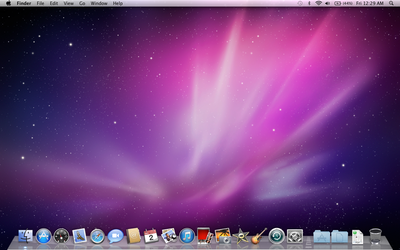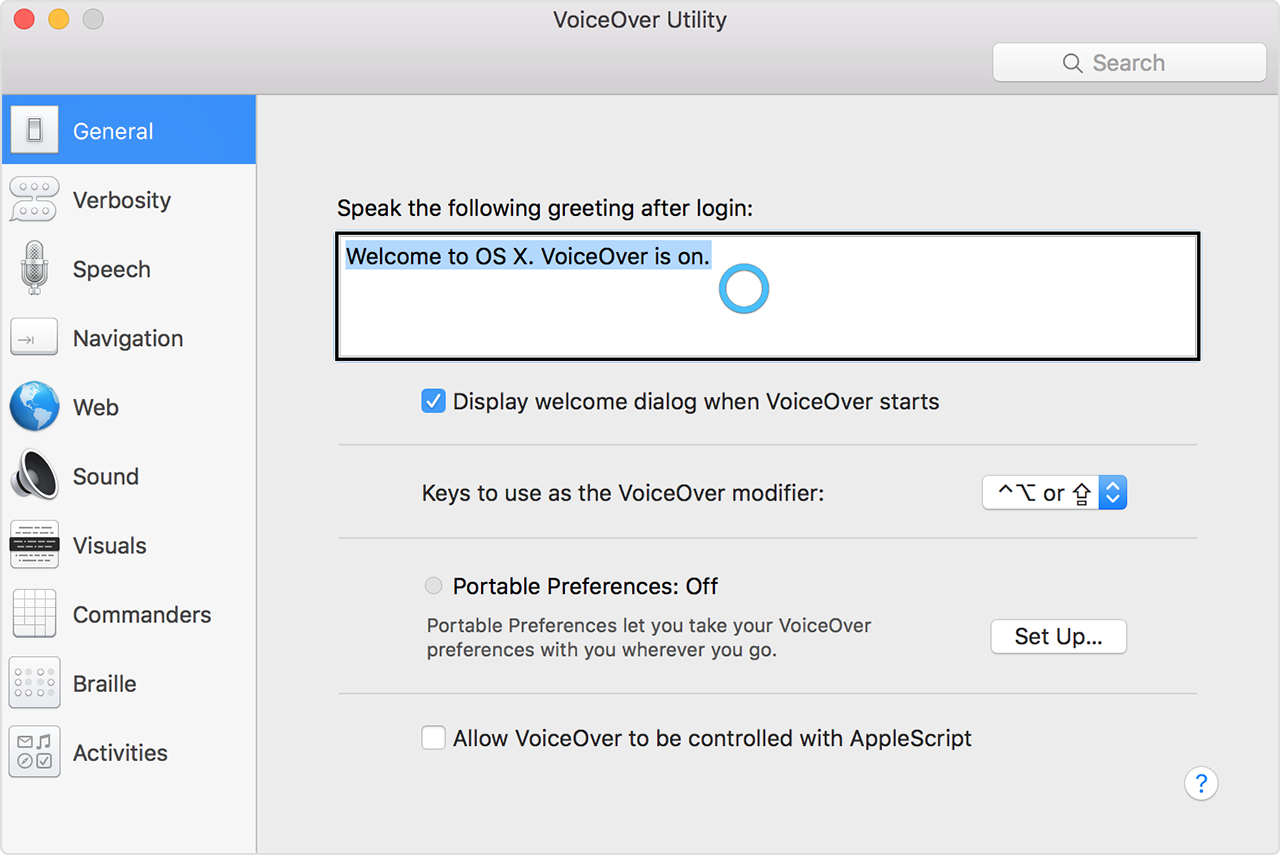


Though the Internet has been widely used by academia since the 1980s, the commercialization of what was by the 1990s an international network resulted in its popularization and incorporation into virtually every aspect of modern human life. backbone by the National Science Foundation in the 1980s, as well as private funding for other commercial backbones, led to worldwide participation in the development of new networking technologies, and the merger of many networks. From the early 1990s, the network experienced sustained exponential growth as generations of institutional, personal, and mobile computers were connected to it.

The interconnection of regional academic networks in the 1980s marks the beginning of the transition to the modern Internet. This work, combined with efforts in the United Kingdom and France, led to the primary precursor network, the ARPANET, in the United States. The origins of the Internet date back to research commissioned by the United States government in the 1960s to build robust, fault-tolerant communication via computer networks. The Internet carries an extensive range of information resources and services, such as the inter-linked hypertext documents and applications of the World Wide Web (WWW), the infrastructure to support email, and peer-to-peer networks for file sharing and telephony. This means that 2 24 (= 16.777.216) unique OUAs can be assigned per OUI.The Internet Messenger by Buky Schwartz in Holon.

Multicast addresses are identified by I/G = 1 and are addressed to several receivers. If I/G = 0, it is a unicast address for a single network adapter. This bit is called I/G (short for individual/group). Bit 1 (receiver): The first bit of the MAC address specifies whether it is an individual or group address.The bit sequence of each MAC address is divided into 4 areas, each of which encodes different information.


 0 kommentar(er)
0 kommentar(er)
